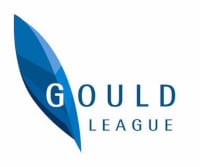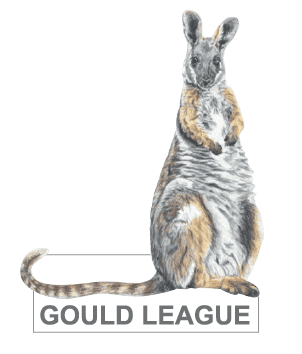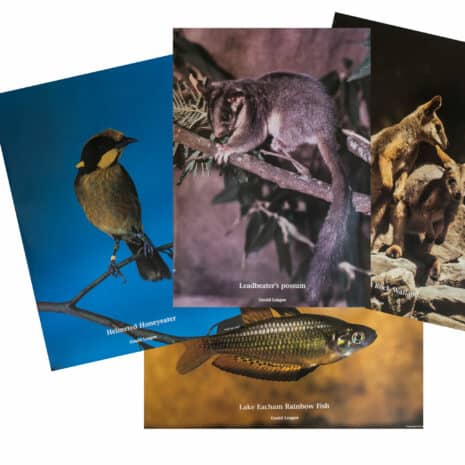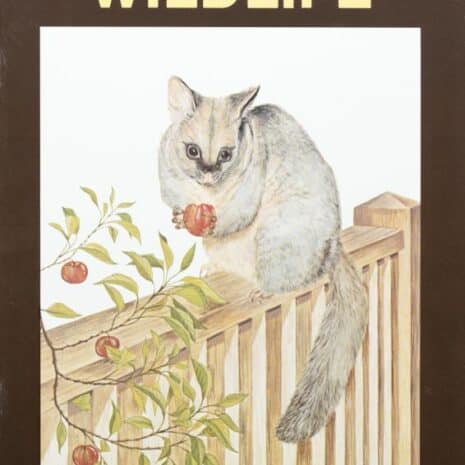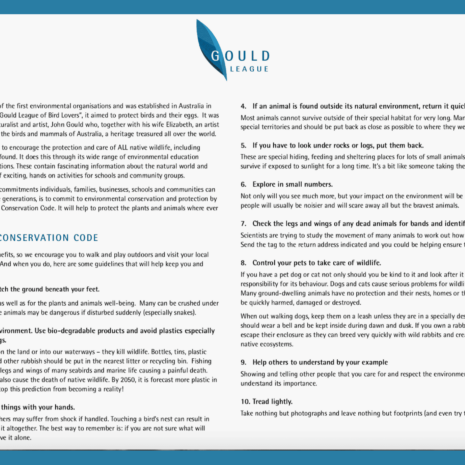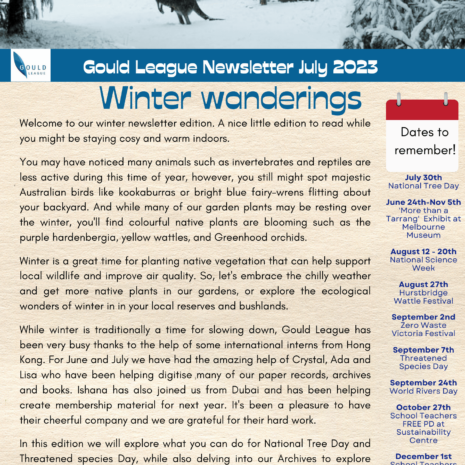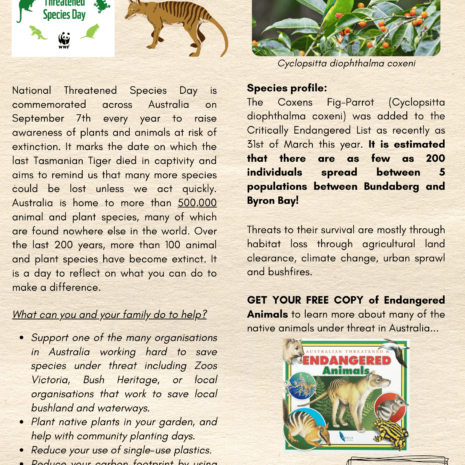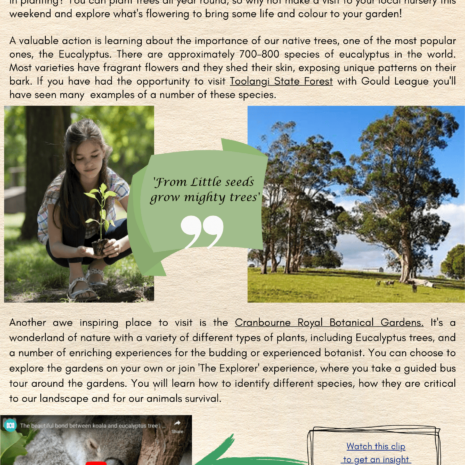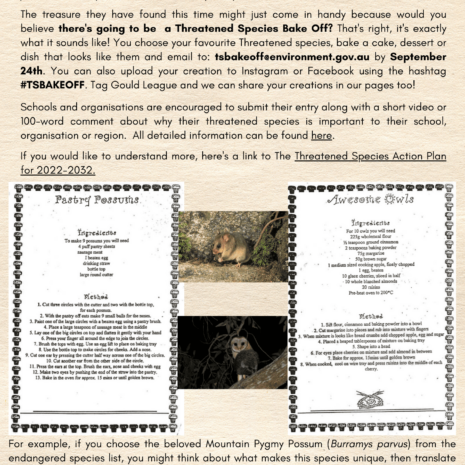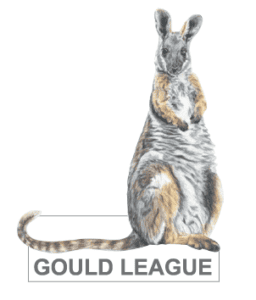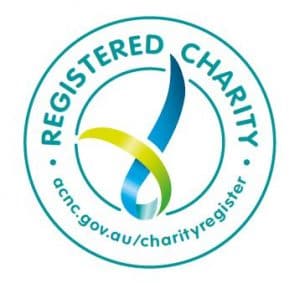Kids Club (Membership for Children 16 and under) 2024
$36.60
Kids Club – Annual Membership for children 16 and under
Kids Club is a great way to engage children to respect, protect and support all living things. For more than 110 years we have created generations of eco-warriors. Help us create the next generation of eco warriors by enrolling your students, children, or grandchildren as members, as mother earth needs our collective support now more than ever before!
The Kids Club Membership in 2024 includes:
- 1 year membership.
- Membership Letter.
- Pledge Certificate and Conservation Code.
- Badge featuring the Yellow Footed Rock Wallaby.
- 2024’s book for under 10’s is the Australian Threatened and Endangered Animals which features over 60 species including the Yellow Footed Rock Wallaby.
- Children 10 and over receive a copy of Urban Wildlife which will help readers understand the many opportunities to conserve wildlife in our towns and cities from garden skinks and birds, to frogs, fish and nightlife such as the Tawny Frogmouth and Feathertail glider. It’s 48 pages that identifies hundreds of species and what they need to survive.
- Folded set of Endangered Species Posters. The set features: Leadbeater’s Possum, Lake Eacham Rainbow Fish, Helmeted Honey Eater and the Yellow Footed Rock Wallaby. Posters are 340cm x 490cm in size.
- Quarterly Newsletter with free activities.
- Postage
Whilst many parts of the world celebrate the UN Year of the Camelid in 2024 which feature Camels, Alpacas, llamas, vicuñas, and guanacos for the role they play protecting ecosystems, conserving biodiversity, and ensuring food security in the face of climate change – we are featuring Kangaroos and Wallabies, who has not only protected ecosystems and conserved biodiversity but been a valued source of food and clothing to indigenous communities for thousands of years.
Kangaroos and Wallabies are a keystone species in the Australian outback, which means they are critical in maintaining a healthy balance for the ecosystem. They are also some of Australia’s most recognisable, well known and much loved native animals.
We take them for granted and often are oblivious of the important role they play as ecosystem engineers, contributing to the health of landscapes. They consume plant biomass contributing to regeneration, reduce vegetation (important for bushfire hazard reduction), spread the seeds of native grasses when foraging and fertilise nutrient deficient soils.
Our featured species is the endangered Yellow Footed Rock Wallaby – Scientific name: Petrogale xanthopus. They can be found in rocky outcrops, boulder piles, cliffs, gorges and steep rocky slopes in semi-arid woodland in Eastern and Southern Australia.An adult male can be 80cm tall and weigh up to 11kg while an adult female is up to 60cm tall and weighs 6-7kg. The coat markings are spectacularly complex being an overall fawn-grey with a white side stripe and cheek stripe, brown and white hip stripe and orange-yellow ears, forearms, hind legs and feet while the tail is orange-brown with darker bars or rings.
Population numbers were drastically reduced following European settlement by a combination of factors such as habitat alteration by livestock, hunting for sport and the fur trade and predation by introduced predators. Current threats are competition for food and shelter from introduced herbivores such as goats, predation by introduced predators such as Foxes and Cats, habitat fragmentation, genetic risks of small, isolated colonies and catastrophic events such as wildfire and drought.
These threats are likely to be deepened with the expected changes, due to the effects of climate change, throughout their range.
We hope you and your family enjoy learning more about this precious species and to you joining Gould League – so together we can support ALL native flora and fauna so future generations can also enjoy them!
A special thanks to artist Jessica Hall of Little Artimals for so generously allowing us to use her image in our badge. Her work is exceptional. Check it out at www.littleartimals.com.au as she’s even donating a portion of profits to Gould League this year!
